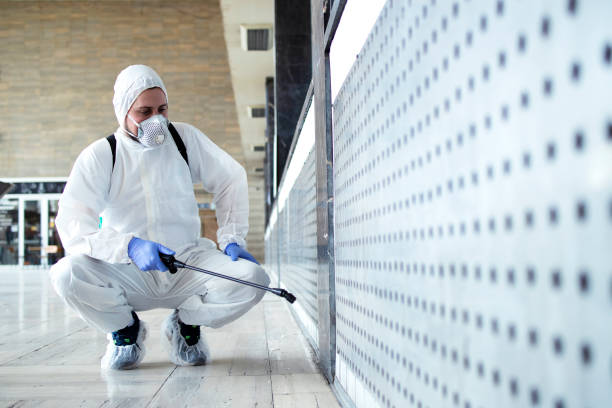WHAT IS COVID-19
Coronavirus disease 2019 (COVID-19) is a respiratory infection caused by SARS-CoV-2 (COVID-19 virus). The COVID-19 virus is transmitted mainly through close physical contact and respiratory droplets, while airborne transmission is possible during aerosol-generating medical procedures.
Transmission of the COVID-19 virus had not been conclusively linked to contaminated environmental surfaces in available studies. However, as per the WHO guidance document, it is informed by evidence of surface contamination in health-care settings and past experiences with surface contamination that was linked to subsequent infection transmission in other coronaviruses.
Therefore, our aim is to reduce any role that fomites might play in the transmission of COVID-19 in health-care and non-healthcare settings.
HOW IT SPREADS
Transmission of the COVID-19 virus has been linked to close contact between individuals within closed settings, such as households, health facilities, assisted living, and residential institution environments.
In addition, community settings outside of health-care settings have been found vulnerable to COVID-19 transmission events including publicly accessible.
PRINCIPLES OF ENVIRONMENTAL CLEANING AND DISINFECTION
Cleaning helps to remove pathogens or significantly reduce their load on contaminated surfaces and is an essential first step in any disinfection process. Cleaning with water, soap (or a neutral detergent) and some form of mechanical action (brushing or scrubbing) removes and reduces dirt, debris and other organic matter such as blood, secretions and excretions, but does not kill microorganisms. Organic matter can impede direct contact of a disinfectant to a surface and inactivate the germicidal properties or mode of action of several disinfectants. In addition to the methodology used, the disinfectant concentration and contact time are also critical for effective surface disinfection. Therefore, a chemical disinfectant, such as chlorine or alcohol, should be applied after cleaning to kill any remaining microorganisms.
ADVANTAGES OF ANTI-VIRAL DISINFECTION & SANITIZATION SERVICES
- Long-lasting protection that won’t wash off
- Nanotech formulation ensures long-lasting effect thus bridging the gap in between application reducing the possibility of re-contamination. Effective against a host of viruses including Swine flu, H1N1, H7N9, Ebola, HIV, SARS, MERS, COVID-19 and other pathogens.
- Antimicrobial coating that bonds to surfaces and delivers long-lasting protection against germs.
- Leaves a thin layer after application that remains active for days thereby bridging the gap in between application, and reducing potential for recontamination.
- Applicable on solid or porous surfaces, fabrics, metals, stones, granites, plastic, glass, wood, leather, and paint or varnished coated surfaces. Eliminates unpleasant odor due to the proliferation of bacteria, fungi, and other microorganisms.

.jpeg)
.jpeg)
.jpeg)
.jpeg)
.jpeg)
.jpeg)
.jpeg)
.jpeg)
.jpeg)
.jpeg)